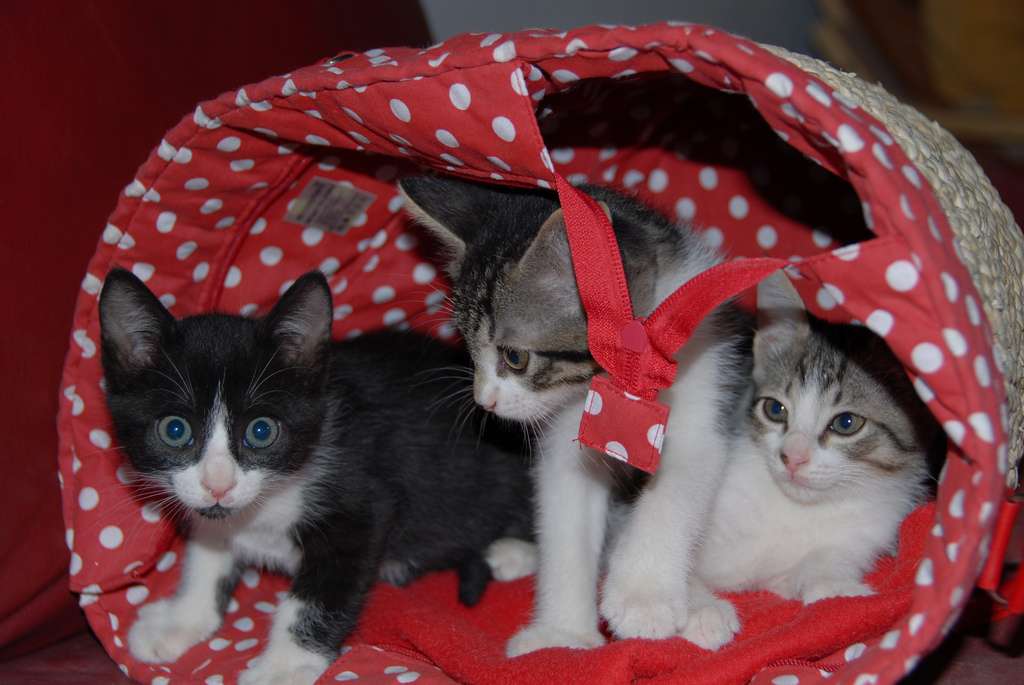Want to learn more about feral cats in Spain? Read on for facts and info on these untamed domestic cats found all over the country of Spain…
Spain has a massive population of feral cats that can be seen roaming the urban, suburban and rural areas of the country. According to the classification feral cats are untrained domestic cats that do not have any owner. They can be found almost anywhere there is human population.
It is important to understand that feral cats are not the same as Wildcats. Although as such it does not have an owner it seems to display similar behavior to that of a household pet. This is largely because of the fact that they are born and raised on the streets of urban societies alongside human beings. However they do not have any direct contact with human beings except by accident.
One of the things that distinguishes the feral cats found in Spain is the fact that they have large groups wherein which they reside together. These groups are known as feral colonies. The primary purpose of this social structure is to take advantage of a good hiding place. Most old and uninhabited buildings are ideal places for feral cats in Spain. The second most important criteria for feral colonies is to find a substantial source of food. This is why feral cats can be seen in large quantities close to restaurant dumpsters in back alleys.
According to observations feral cats do not have very long life spans. In fact it has been observed that they do not survive more than two years or five years beyond kittenhood. When compared to the 12 to 18 year lifespan of house cats this is a drastic change. However the natural circumstances in which these cats live makes it more likely to be run over and killed in accidents thereby greatly decreasing their chances of living long lives.
Feral cats have been the subject of debate with regards to their environmental impact in Spain. The debate is twofold; one aspect of the debate argues with concern for the humane consequences of having a large population of stray cats in urban societies. The other aspect argues in favor of preserving an endangered species. The environmental damage that is caused by a large population of domestic cats is severest in island ecologies. However in places like the UK the environmental concerns surrounding feral cats are minimal. However in the New Zealand, North America and Australia they are considered as pests because they are a constant threat to the various endangered species living in those territories.
The feral cats feed on a variety of different wildlife. They are particularly fond of eating rabbits and house mice in arid and semi-arid environments. In forest regions they tend to feed on native marsupial prey. The native rodent is also a popular feast in arid regions. Feral cats are seldom seen eating birds because they tend to be more difficult to hunt. In some cases they would be more than glad to feed on reptiles. However, these form a small part of their diet.





